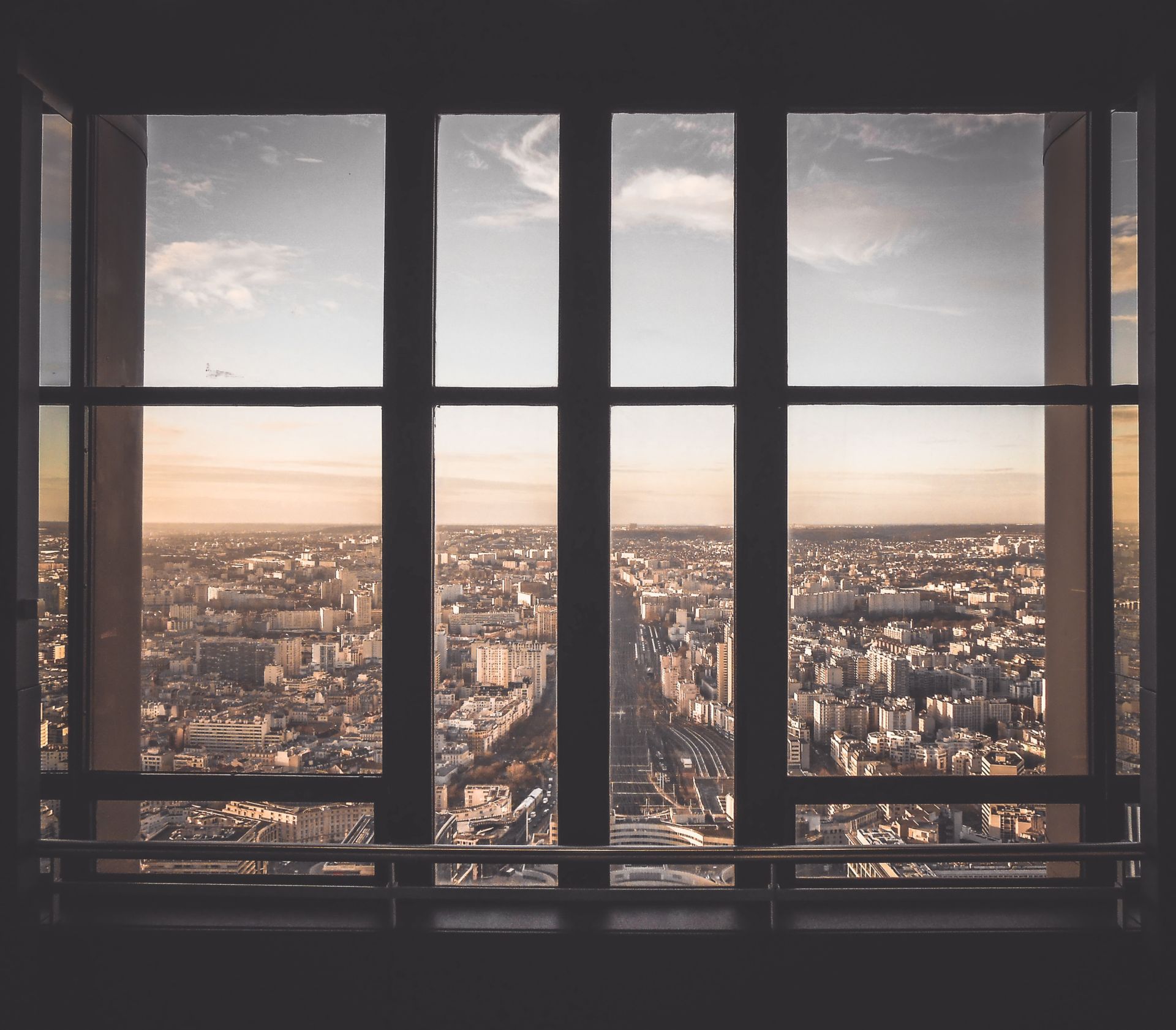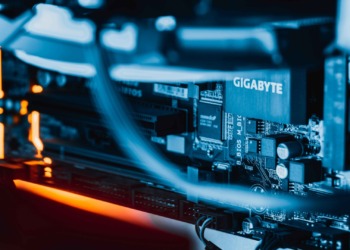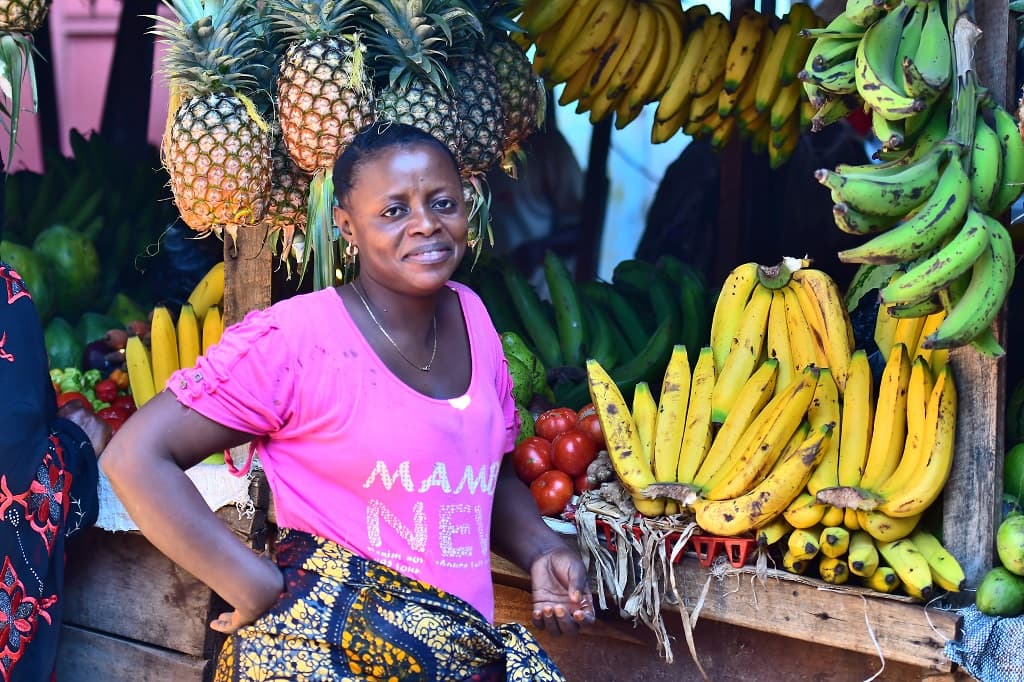Newly popular tech can help us build impact coalitions, post-quarantine.
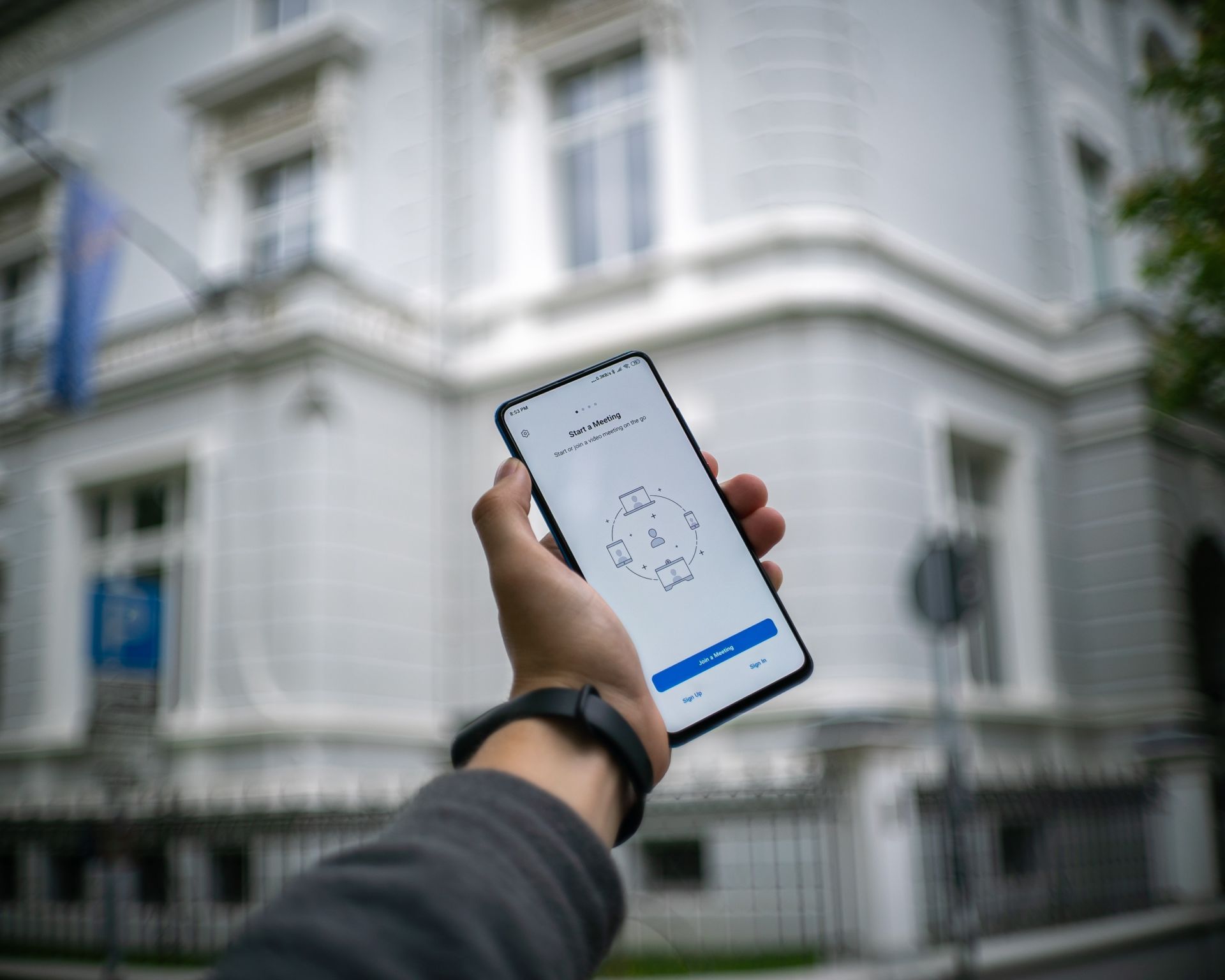
In the first flush of lockdown due to the novel coronavirus pandemic the digital executions were breathtaking. It was a brave new world of Zooming, and families and old friends who had never video-called in groups were suddenly discovering they could. Many of us lucky enough to be able to work from home have found new rhythms with useful apps like zBackup to get us through.
But those in essential frontline jobs could not remain in the cotton wool of isolation, and are still facing danger and untold stress. There are plenty who had no desire to stay at home even if they could, such as those in abusive domestic situations.
Then there are countless people without work or in precarious situations, and vulnerable communities like the elderly, homeless, and refugee populations disproportionately hit by the chaos.
This is all the more reason NGOs, ethical brands, foundations, and movements — all those fighting for just societies — must keep our fires burning during this tremendous transition.
The struggle for social justice will certainly get no easier when the economic earthquake hits with its tsunami of social consequences. In the last decade or so civic space has already been under attack worldwide, and it has now further contracted with the willing (and justified) acquiescence of citizens.
How can you go out on a demonstration, for example, when it means you could die or infect your loved ones?
A new paradigm is information, and we must already move into step.
I recently wrote about how social initiatives could take advantage of this time, to reflect on strategic messaging and ask themselves the questions they need to ask.
They can also innovate, digitally reaching out in experimental ways; and educate, about certain aspects of their mission they normally do not communicate upon.
Finally they can learn from the new normal, regarding which new techniques they would like to incorporate into post-pandemia.
“Webinar burnout” is real. A myriad of online events and festivals are buzzing through our inboxes and channels, while many of us increasingly want to switch off.
Gearing yourself up in your spare time to engage with a screen can seem more of a chore than a stimulation.
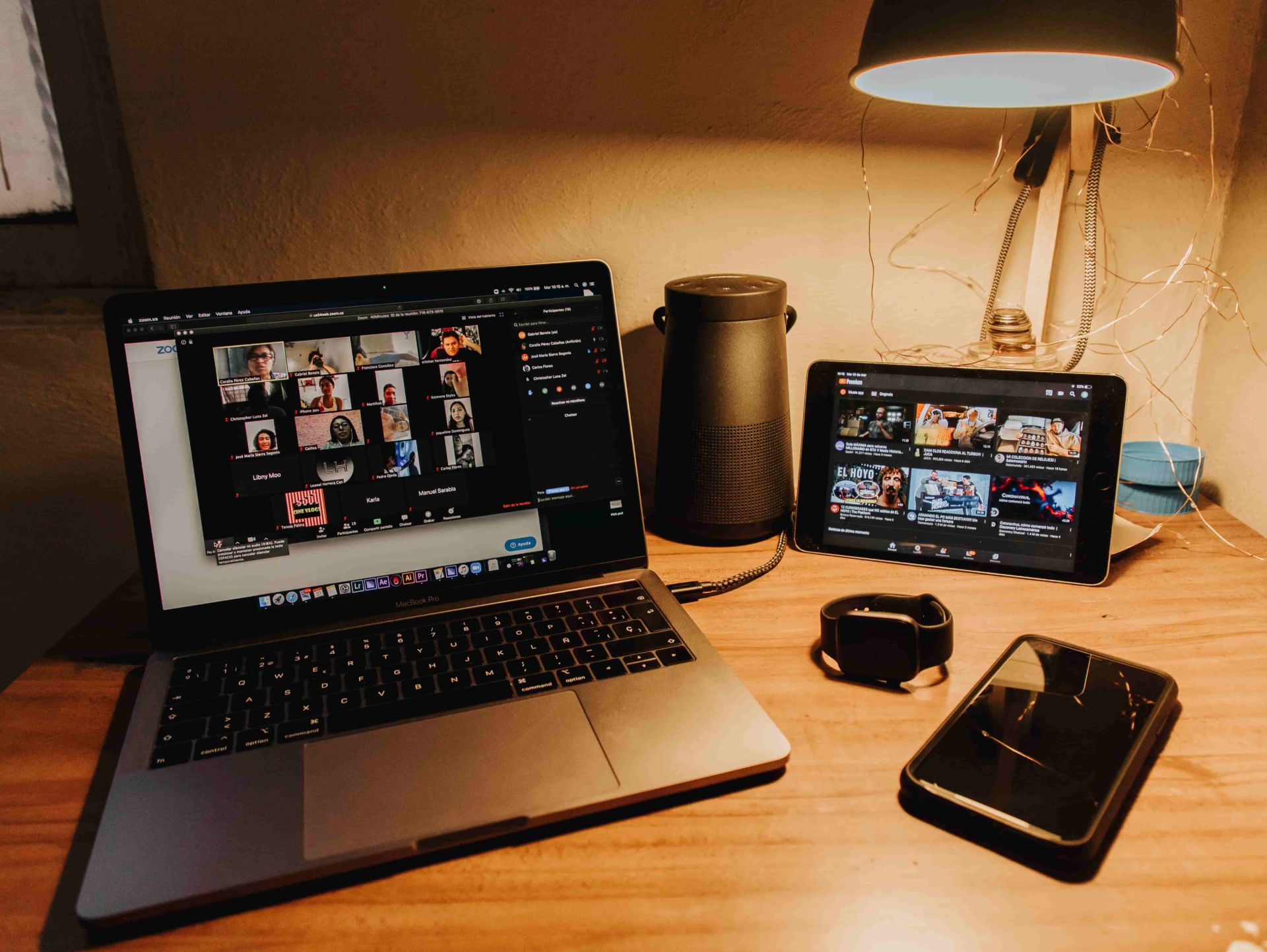
Having had many friends with 40th birthdays these months, I have attended quite a few slightly awkward online birthday parties. Though fun, they leave you frustrated not to have been able to share the real warmth of human contact. Still, despite digital burnout, going back to the “new normal” will not mean we all put our screens away for good.
These new digital applications have had interesting effects on human interaction, and there are benefits that can be better exploited in the future.
The distance between each other has grown enormous, while simultaneously shrinking to nothing. I have been meeting partners across the world for a chat on-screen in the same way as a neighbor.
Someone on my street in Brussels, in a way, sits as far as someone in Latin America. The only restrictions are bandwidth and time zone. And though much of society has been atomized into its component parts, this enhanced individualism has been accompanied by new manifestations of community activation.
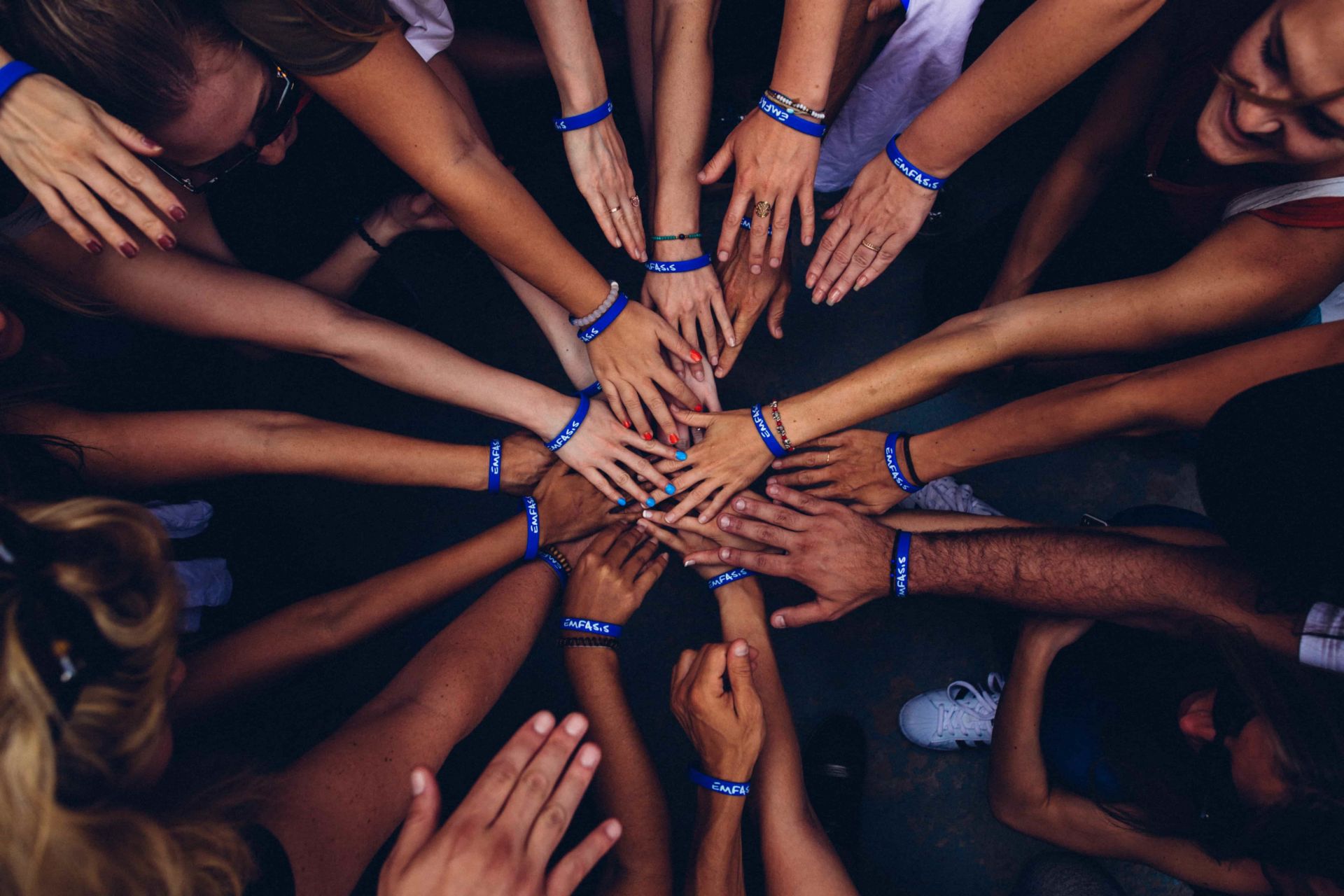
One of the social action’s greatest tools for change is empathy. Stepping into other people’s shoes allows people to change their minds and hearts. To gain awareness. To share tools, advice, wisdom, and connections more generously and effectively.
The more people are put at the same table, the more we can cultivate alignment. Of course this has a potential to bring people together across ideological divides, such as members of a far-right group with refugee families, for example.
This is a akin to many dialogue projects that have been carried out for years. But for our purposes, in order to best concentrate energies towards a just and sustainable future for humankind, I believe we principally need to focus on eliminating the silos within the social-action ranks.
Foundations, CSR departments at companies, NGOs large and small… Individual activists with their initiatives, plugging into wider movements. Artists, using their media to express the basic language of human dignity.
Most of us share fundamental values, or at least would be able to compromise for collaboration, given the chance. What we don’t share is working environments, strategy, tools, and resources. Connection. Getting these disparate actors together is the holy grail for creating a critical mass that can achieve real change and lead to new, equitable systems.
Now our horizons for technological experience have been broadened, this is the time to put it into practice. That’s why we are working with a collective of partners on facilitated formats to bring such collaborations into being.
That’s what we work on through my ethical branding and facilitation agency Good Point, but also through collaborations with others. For example YES! 4 Humanity is a new global youth-led coalition for climate justice, which is preparing a digital platform to allow people from all contexts and backgrounds to connect, collaborate, and coordinate action.
Many partners and friends have asked me how protest and activism can happen during the lockdown. The answer is, it must. Progressive circles have always been more divided, keener to split apart based on a slight difference of approach or understanding.
We need to boost empathy among us so, truly united, we can take back control of the global agenda. Let’s use the available tools at our disposal, seen in action during the lockdown, in empathetic and creative ways to connect our disparate parts and coordinate our actions towards a just and sustainable future.


